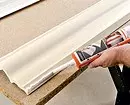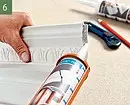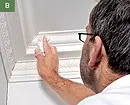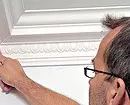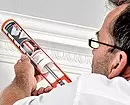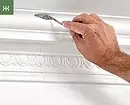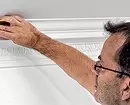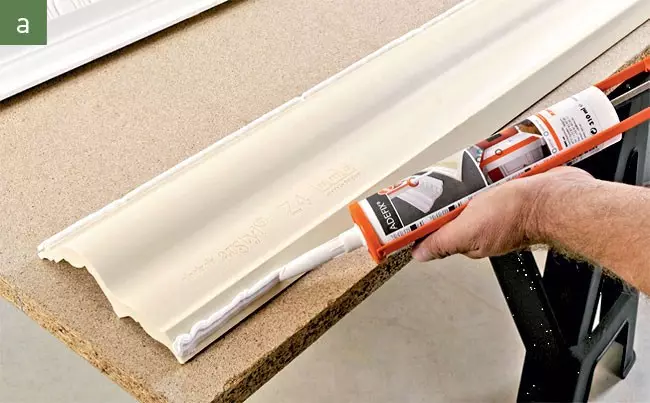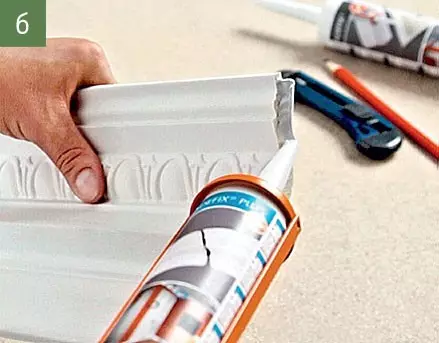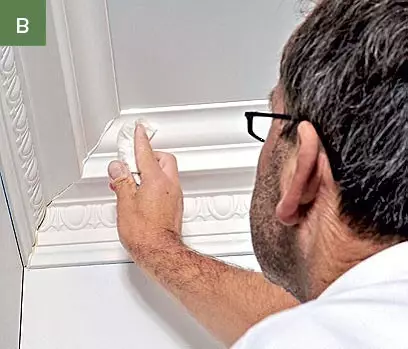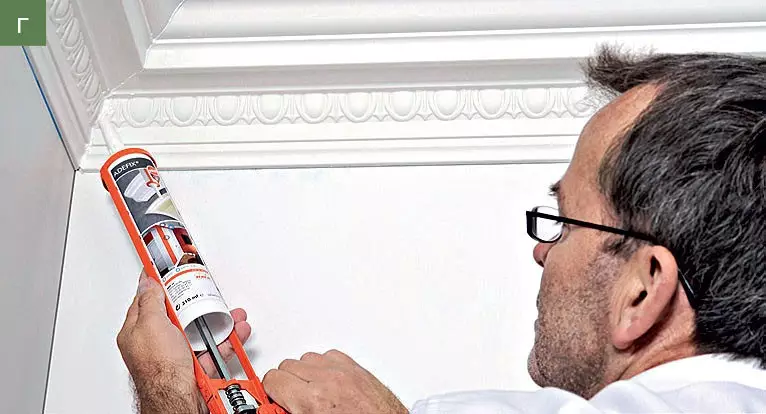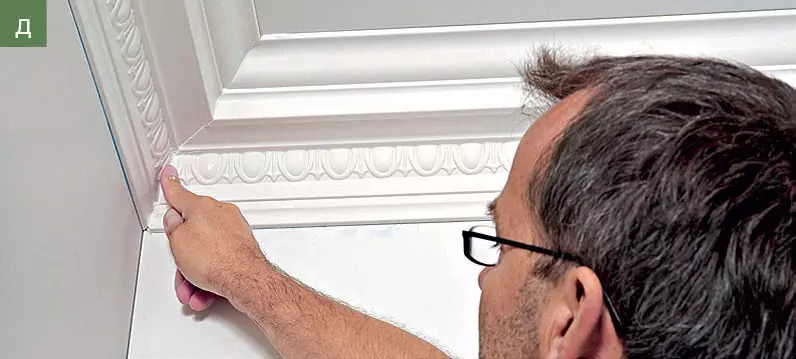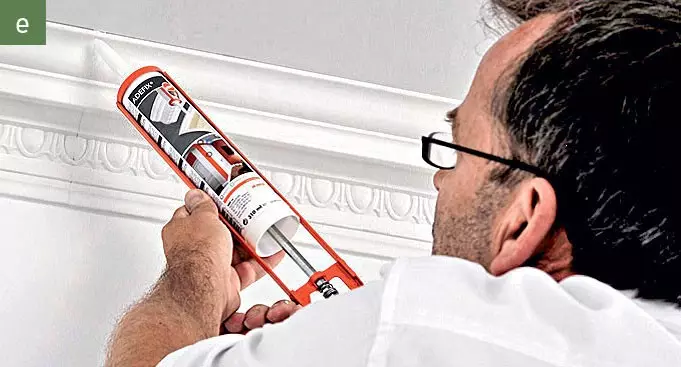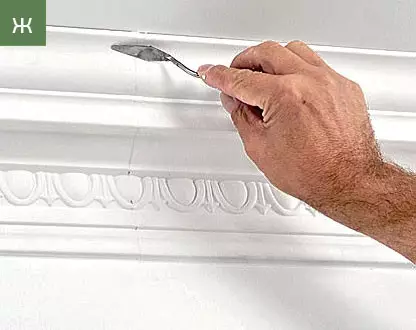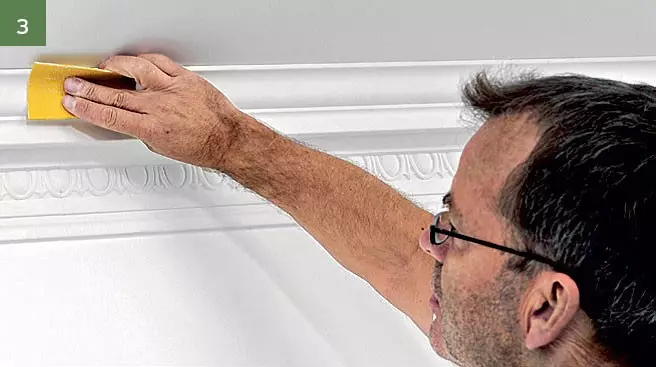What products to choose: from plaster or from polymeric materials, which turned the once exclusive decor into the production of mass market?
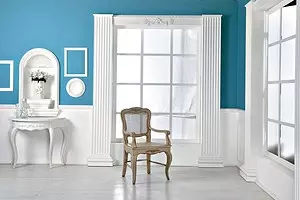
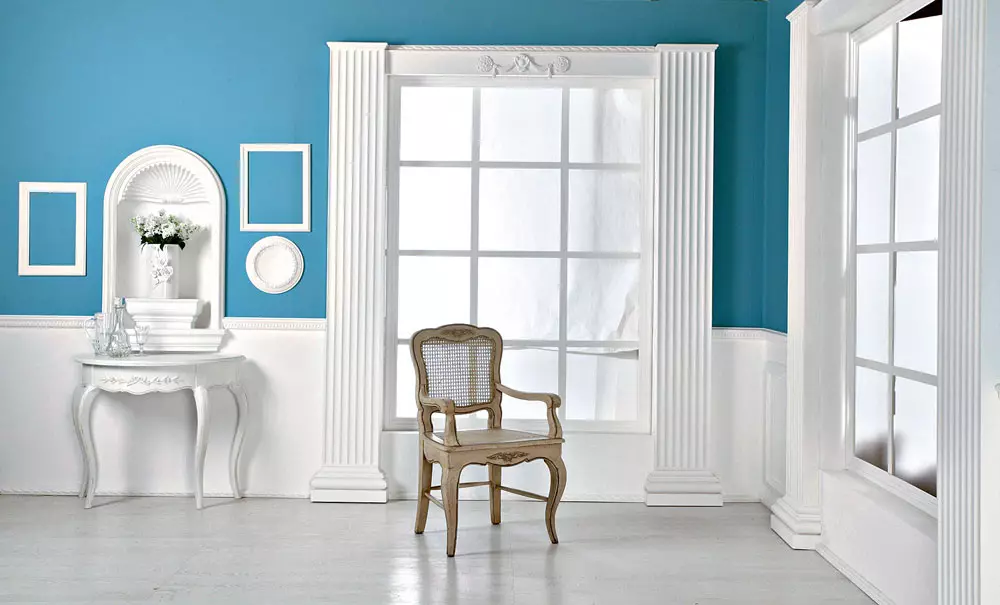
Photo: "Europlast". The snow-white elements of the architectural decoration of polyurethane foam - material of light and durable, hard and non-fragic - very picturesque look at the colored walls
The architectural decor emphasizes the interior composition, enhances the harmonious perception of residential space. Until recently, the most popular material for the production of stucco was a natural mineral - aqueous calcium sulfate, more known as plaster.
Leping from plaster is founder and effect. Working with this material, the master gets creative freedom and get rid of templates. And modern technologies make it possible to make both traditional interior decorations and intended for rooms with high humidity or facade, which, after a special hydrophobic processing, acquire even greater resistance to external influences.
High quality plaster stucco has a smooth non-porous surface, a clear pattern of the pattern. However, any damage and chips of textural elements can be restored. But sometimes scratches and hurts do not spoil, but, on the contrary, the authenticity of the decoration, which, as a rule, is delayed in the interior for a long term.
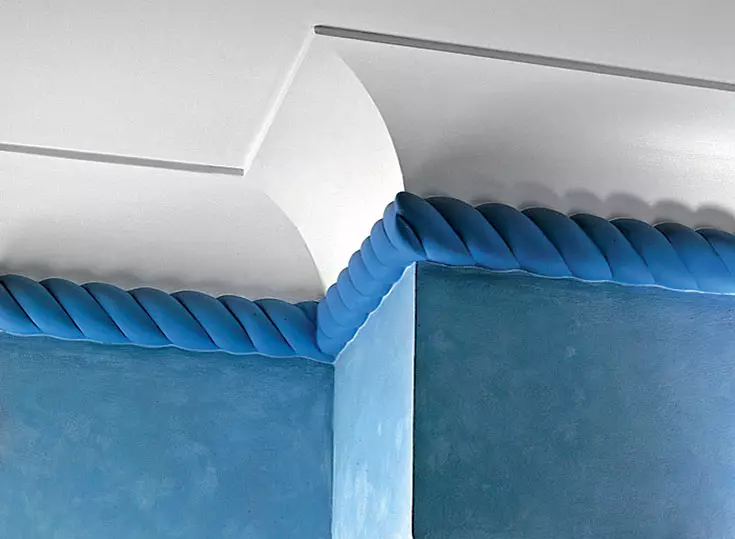
Photo: Atelier Sedap. The lepnel of plaster is environmentally friendly, does not give a shrinkage, resistant to temperature fluctuations, fire-resistant, maintainable, does not lose strength and retains the properties of decades of years. After installing it can be painted
Gypsum products offer specialized workshops "Evina Decor", "Peterhof", "Deluxe Decor", ATELIER SEDAP. Here you can purchase serial stucco elements or place an order on author's models of any sizes and forms, with unique patterns. Depending on the complexity and volume of work, the manufacturing time will be from 2 weeks to 6 months. It should be noted that the cost of exclusive jewelry will be noticeably higher than serial. So, the price of the finished cornice starts with 350 rubles. For 1 p. m, sockets - from 700 rubles. For 1 pc.
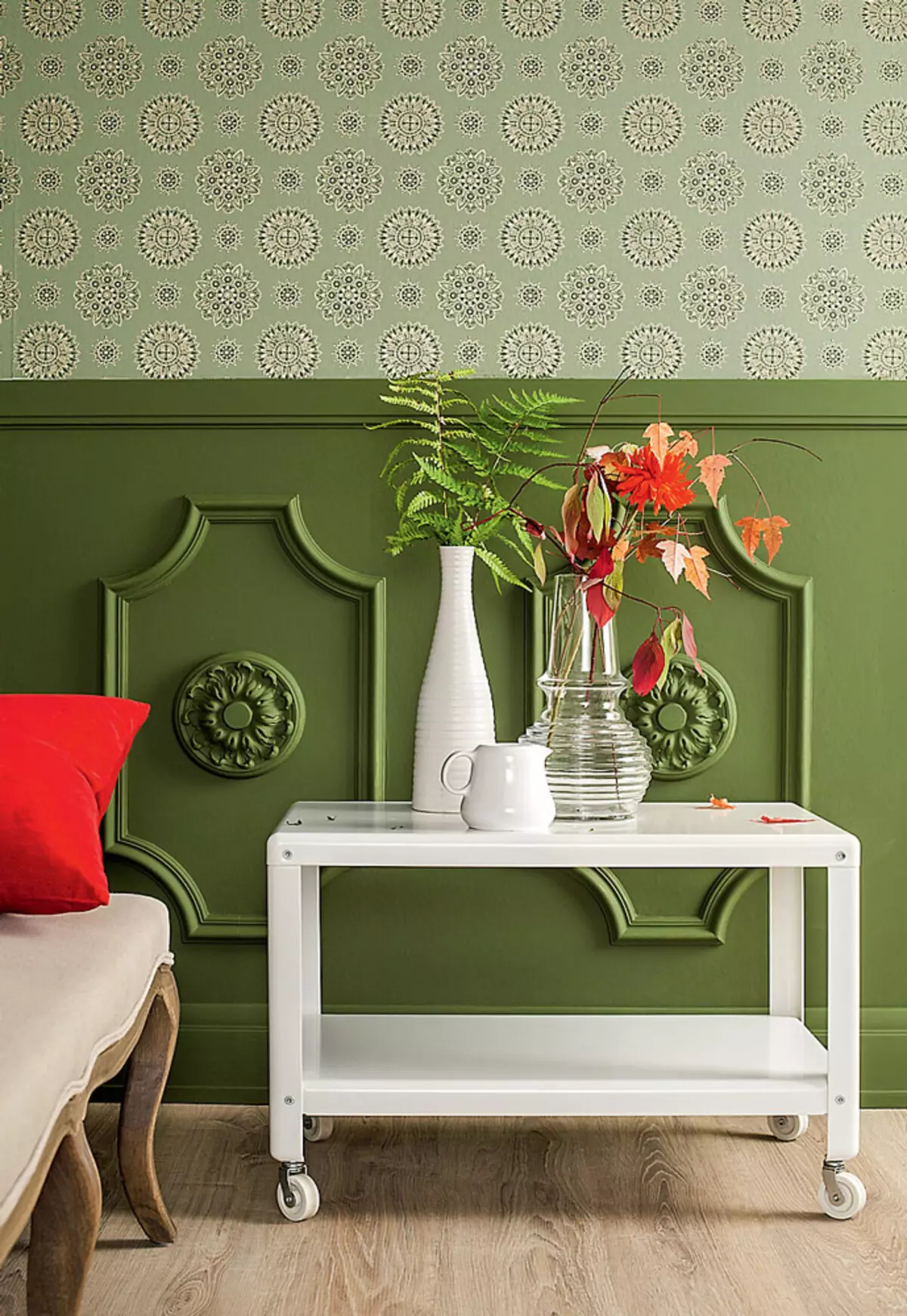
Photo: "Europlast". Volume decorations can be used as self-sufficient wall design elements or as part of a decorative interior composition.
You should not neglect the professional estimate of the room where the plaster stucco is planned. Specialists will define the carrying ability of ceilings and walls, will give relevant recommendations. For example, it will advise additionally enhance the designs of GLC, if it will be attached to the products weighing more than 5 kg, and textured ceiling outlets and borders fix (in addition to the glued mixture) with galvanized screws. Obviously, the installation of heavy and fragile elements is better to entrust qualified masters.
Actual polymers
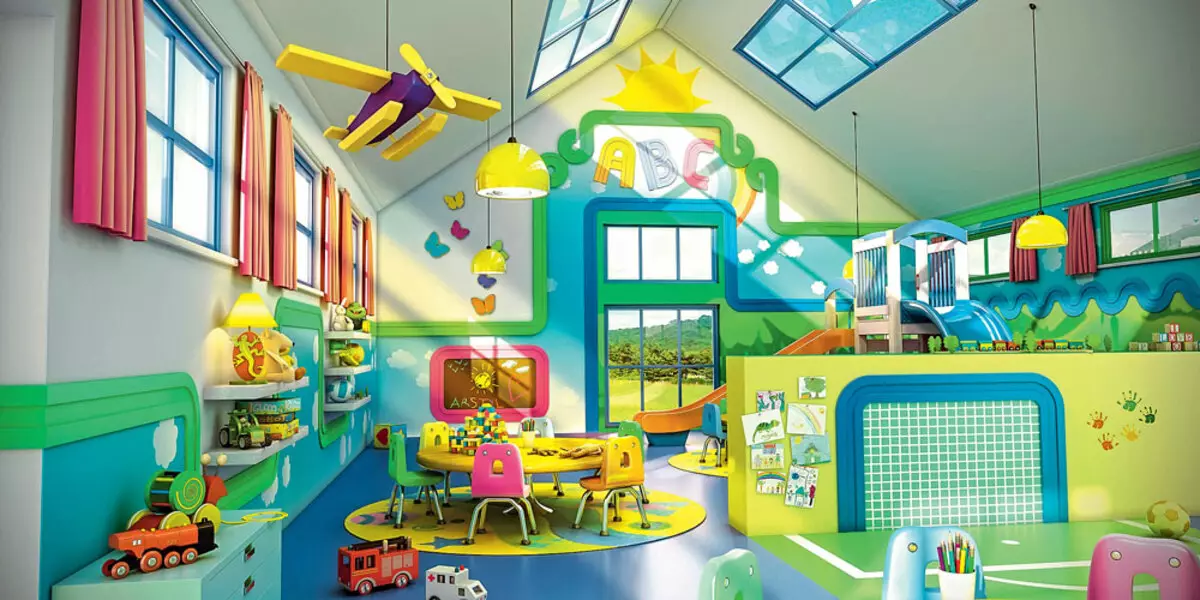
Photo: nmc. Colored elements of the architectural decor of the ARSTYL collection (NMC) are made of high density polyurethane (300 kg / m³). Cutout in the center of sockets makes it easier to divide on the section for docking with profiles, lines and bends of the latter quite unusual
In times of economic instability, many will appreciate the decor from polymeric materials: polyurethane foam, polystyrene, douropolymer, glassfibobreton, polymerbetone, etc. This product refers to the category of mass market. It is designed for the largest audience and is featured acceptable to most consumers quality level, affordable price, simplicity of installation. Moreover, high competition in this market segment determines the direct dependence of the price and quality.
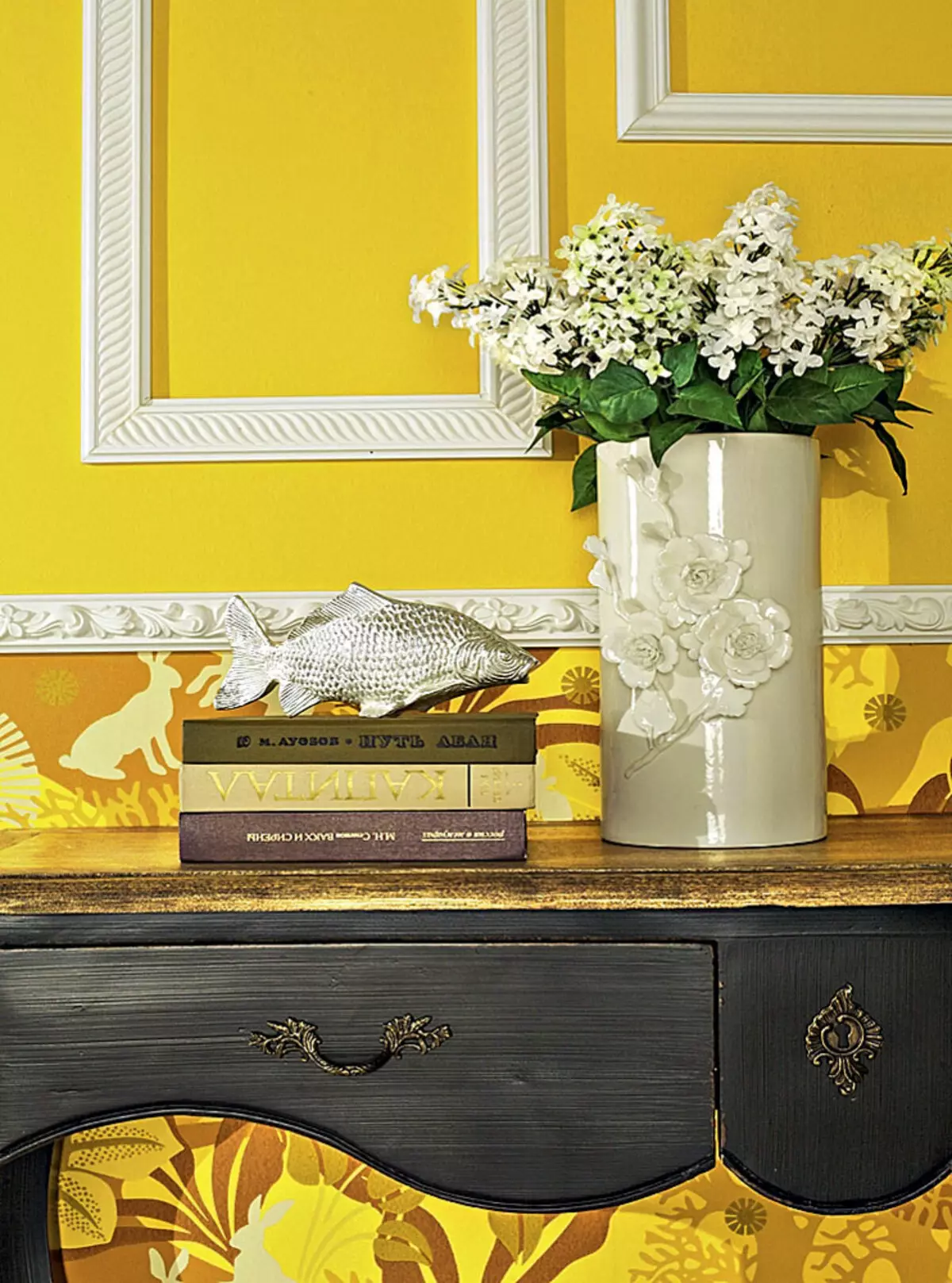
Photo: "Europlast". Snow-white elements of the architectural decoration of polyurethane foam - material of light and durable, hard and non-grozoscopic - very picturesque look at the colored walls
By purchasing decorations for the house, it is unlikely to stay on the cheapest product. As a rule, we are talking about polystyrene products. Moldings (200 × 60 × 20 mm) from this material cost from 92 rubles. However, they are not distinguished by an exquisite decor, and high fragility can reduce the cost savings.
Better, as well as in everything, stick to the golden middle, for example, choosing an architectural decor from polyurethane foam. Decorations from it are lightweight, strong enough, moisture resistant (most can be installed in the bathrooms and rooms of the pools). Finishes appreciate them for a small mass and ease of installation, which requires quite a bit of time.
By the way, products from polyurethane foam successfully compete with plaster stucco thanks to an incredibly wide range, a variety of style solutions, as well as the presence of flexible elements. On the domestic market, Europlast, NMC, ORAC Decor are present in the domestic market. Keep in mind: the properties of polyurethane depend on the density and composition of the components. So, the material with a density of 250 kg / m³ is difficult to sell. Therefore, plinths or other elements that may be carried out from it that can be mechanically exposeds. Molding price 200 × 30 × 32 mm - from 450 rubles.
Ideas for interior
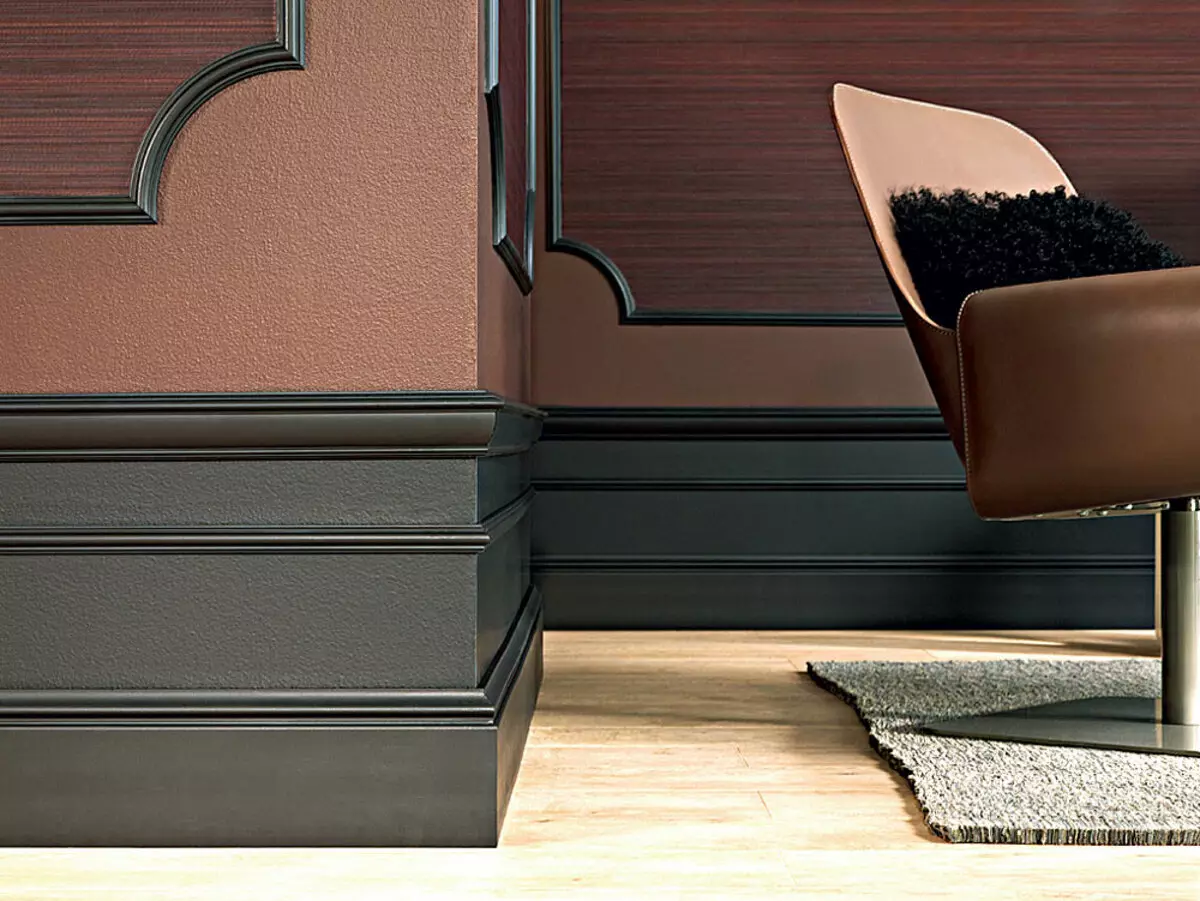
Photo: Orac Decor. Original composition of moldings and plinth with cable channel from the Axxent collection (Orac Decor)
Those who decided to arrange an ordinary apartment with the architectural decor, it is worth being very restrained not to go through a thin line between stylization and kitch. Of the many elements presented in the market, it is enough to choose only one or two. For example, eaves and a ceiling outlet or semi-colonna and framing for a doorway. When used by using even a small number of parts, it will be possible to create a harmonious setting or maintain a specific style.
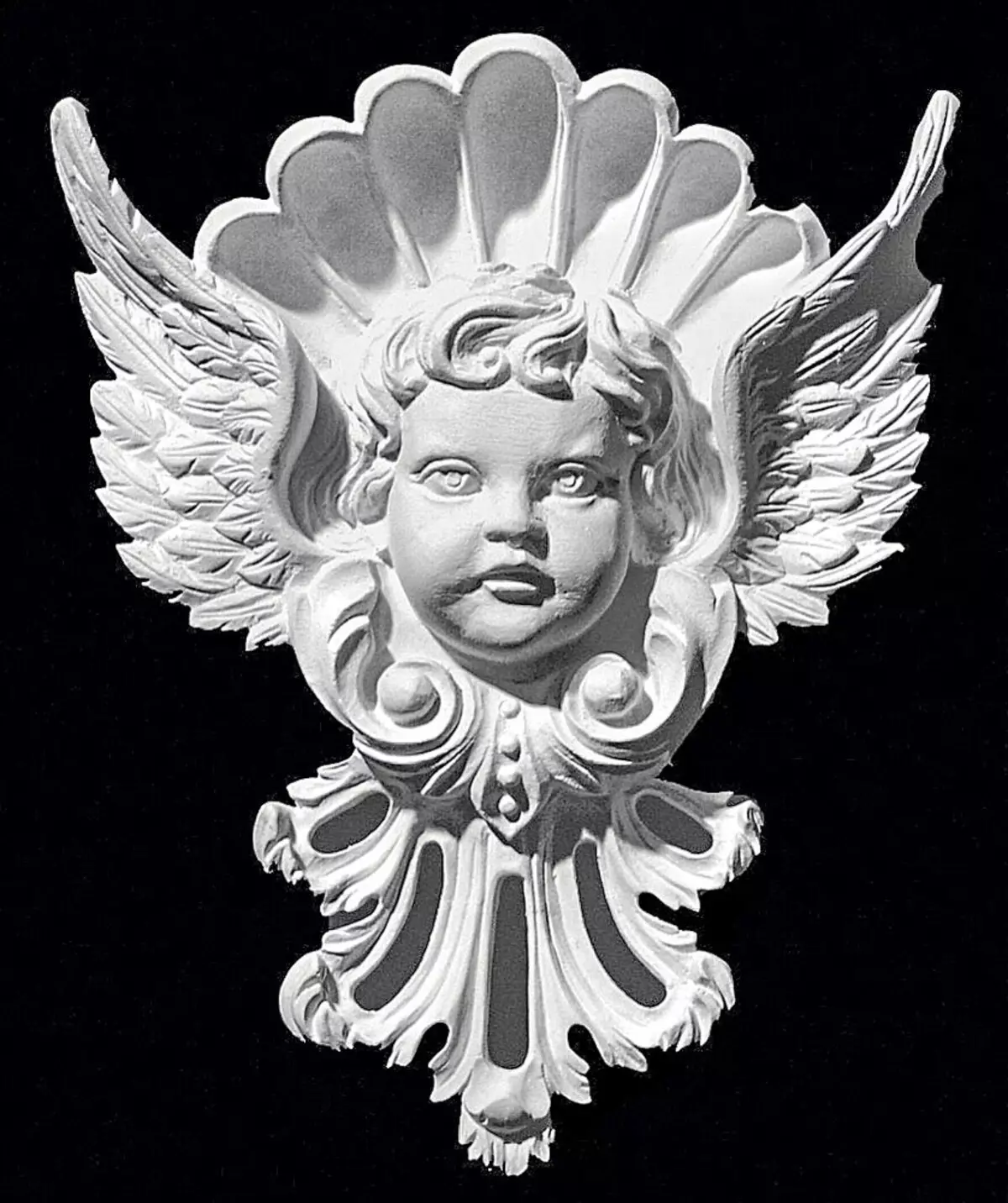
Photo: Pearlworks. Decorative foam-polyurethane mask (Pearlworks), size 140 × 184 × 32 mm (3600 rub.)
The traditional columns will demarcate space, attract attention to a certain zone or object of the situation, say the fireplace, and also visually expand the room. In former times, the base, trunk and cap of the columns from natural stone or wood were distinguished by an impressive mass, but thanks to the technological polyurethau, modern interior columns have become much easier than their predecessors and more conveniently in the installation.
In the spaces of modern apartments, pilastres are more in demand. This is called the vertical "protrusion" of the walls with the base and the capita, conditionally depicting the column. Using a pilaster is an elegant way to emphasize the classic interior design.
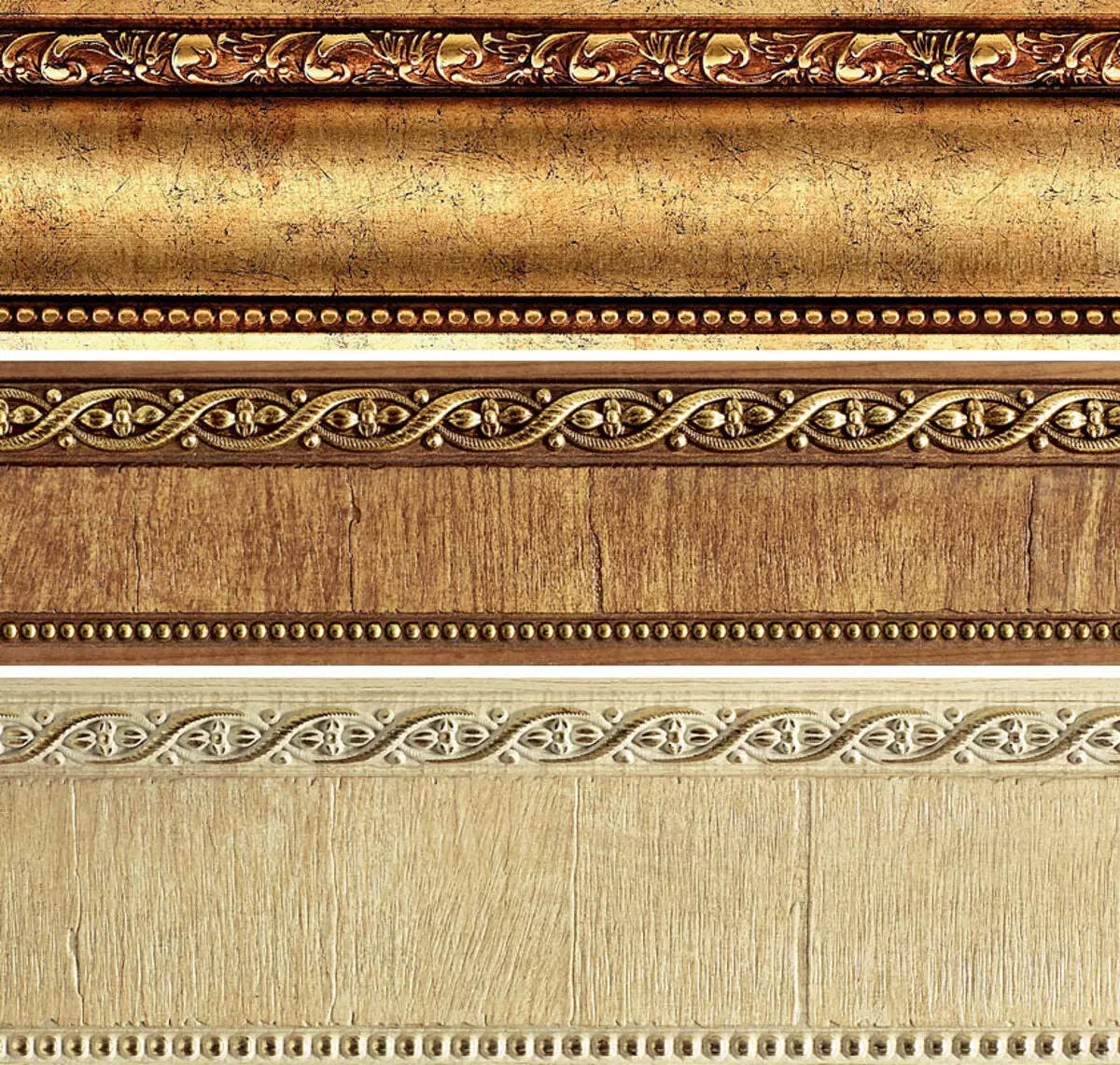
Photo: Decomaster. Colored interior moldings are an imitation of the textures of various wood breeds, glitter of noble metals, the effect of curb and augmentation
One of the simplest and most popular elements of the architectural decor is molding. It is easily turning into a stylish framework frames and mirrors, expressive window platbands and the framing of doors. In the latter case, do not do without Sandrick - the jewelry that is located above the door or window. Interestingly, Sandrik's plane protruding from the plane initially defended the doorways and windows from the rain; Now in the interior it carries only aesthetic function.
When calculating the amount of decorative moldings, eaves and plinths, take into account the loss of material when cutting the angles (one angle - 10 cm) and fit the pattern.
As for the moldings that can visually divide the wall plane on the zones, to highlight the sections with a contrasting color and texture of the finish or designate the joint of different decorative materials (for example, wallpaper and plaster), they help to avoid monotony. Very spectacular combination of moldings with angular details of various configurations. And even the plinths and ceiling eaves, without which almost no modern interior costs, can also be considered one of the species of molding.
As is known, polyurethane foam is an inert material, which is characterized by low chemical activity than its absolute security for human health is due. But without special measures, the elements of the architectural decor are impossible to stick and paint. Therefore, at the production, the surface of the inside of each product is machined, preparing the part to the fixation to the base, and a polyurethane soil is applied to the front surface, which has good adhesion to polyurethane foam products, and afterwards any paint easily. For the installation of decorative elements from polyurethane, we recommend using only special adhesive compositions made taking into account the high inertness of polyurethane foams, including the "mounted", "docking", "universal" ("Europlanist"). With their help, decorative elements are glued to the ceilings and walls, glue with each other, and if necessary, restore damaged areas.
Alexey Brook
Commercial Director of Decor
Mounting cornice from polyurethane
Before installation, the elements of the cornice are acclimatized in the room at least a day. They are mounted on the aligned, clean and dry base, and the walls and the ceiling are painted or covered with wallpaper after fixing jewelry. The base is pre-locked, if necessary, drill holes for the self-tapping screw, through which large products are fixed so that they do not slide from the wall during the drying of the glue (24 hours).
The elements of the angular joint are cut with a stouch. The mounting glue is applied to the edges of the reverse side of the product (a), which will come into contact with the wall and the ceiling, and are evenly distributed over the entire length with a spatula. On the end sections of the elements are applied docking glue (b). Parts of the eaves are applied to the base and are slightly pressed, and, if necessary, neatly fixed with screws. The latter screw, slightly combing, and after drying the glue holes are putting off.
Excess glue remove (B). The voids of the joint between the elements in the corner (d) are filled with adefix p5 (NMC) glue, excessive is removed (e). We also work along the joints of the joint on the plane (E), the excess composition is removed with a wet cloth (g). After complete drying of the adhesion, the joints of the grinding skin (s) are processed. A day after the installation, the eaves can be covered with paint not containing solvents; It is pre-punishing the place of the joints.
